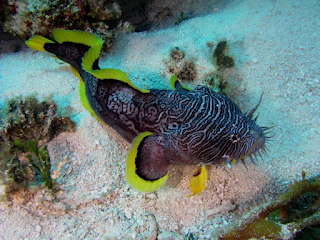To see the video click HERE
Televisa presented yesterday a very complete and interesting reportage about the bull sharks in Quintana Roo, exposing the different points of view of the stakeholders: the fishermen, the conservation supporters, the biologists, the ecotourism service providers and the authorities.
This results in serious ecological and socio-economic impacts, as the bull shark is now considered one of the most important ecotourism resources of the region.
We need to act immediately to take measures for the conservation and management of this species. Proper utilization management in the country can turn the country in a ecotouristic benchmark and make it position as a world leader in the conservation of these animals.
Phantom Divers, as pioneering dive center offering encounters with bull sharks in Playa del Carmen, promotes the protection of this species for ecotouristic use, thereby benefiting the marine ecosystem and the people of the region.
We need to act immediately to take measures for the conservation and management of this species. Proper utilization management in the country can turn the country in a ecotouristic benchmark and make it position as a world leader in the conservation of these animals.
Phantom Divers, as pioneering dive center offering encounters with bull sharks in Playa del Carmen, promotes the protection of this species for ecotouristic use, thereby benefiting the marine ecosystem and the people of the region.




















